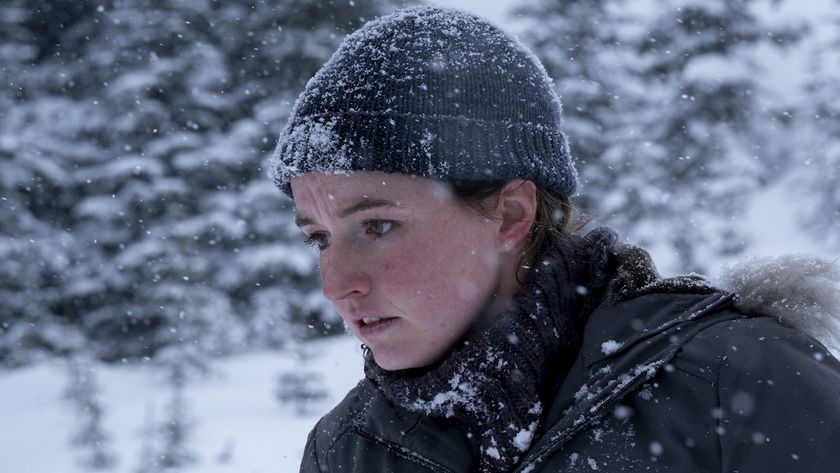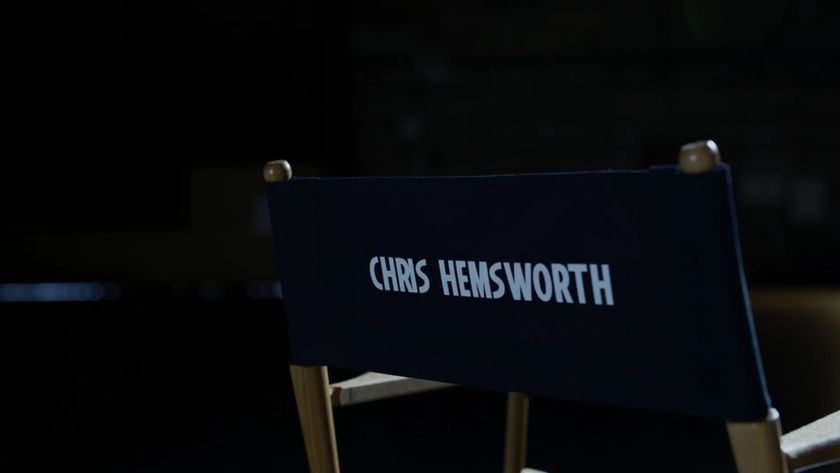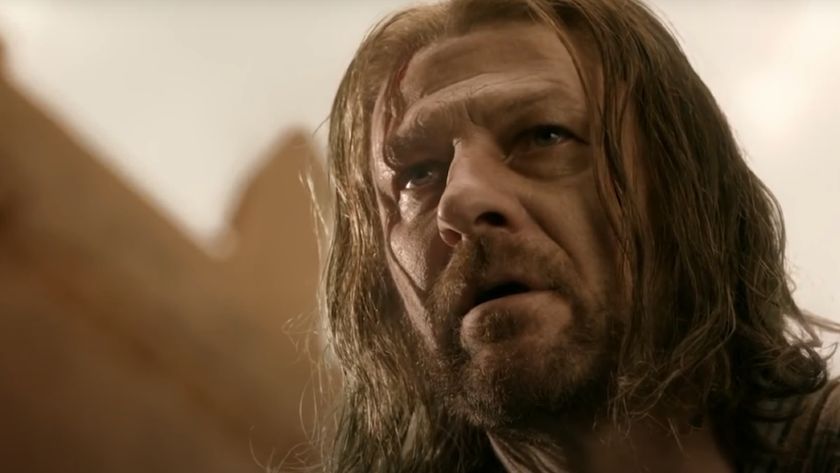10 Things That Changed Video Game Motion Capture Over 10 Years
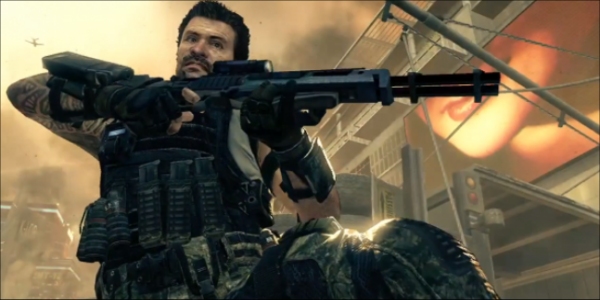
For people who don't know, game design relies a lot on different sections, sub-sections and what's called middleware tools to create the big beautiful worlds you get to play in, on home consoles and PC. One of the most important aspects of the middleware process is motion capture.
Motion capturing has been around for ages. However, in the last decade its taken evolutionary steps in the way companies out-source motion capture performances, how contracted studios utilize technology and how games have only improved and evolved because of these advancements.
Rolling out a list of 10 things that have changed over the last 10 years in the world of motion capture technology is Animation Vertigo founder and CEO, Marla Rausch.
The company operates out of the Philippines and is responsible for some of the most praised mo-cap work in the video game space. Including games like Call of Duty: Black Ops and Heavy Rain.
According to Rausch, one of the first things that she's noticed changed is the ability to capture multiple performance from multiple actors at once, something that was not possible or very difficult to do a decade ago.

In addition to this, face and digit capture is now possible. Back in the day body movement was captured but the detailed nuance of a facial performance was unheard of. With games like Beyond: Two Souls and L.A. Noire, the technology has moved into the age of capturing facial performances, allowing for higher quality output.
Rausch's third point is about the growing awareness of motion capture in the mainstream space, thanks to more behind-the-scenes featurettes giving gamers and media enthusiasts alike a look at how the technology is used to bring creative properties to live via motion capture, especially when a big name television or movie star is involved.
CINEMABLEND NEWSLETTER
Your Daily Blend of Entertainment News
The fourth point covers the dwindling cost of handling motion capture work, with the price of the software and technology being driven down thanks to better software tools, optimizations and utilization, as well as the growing demand for motion capture work that has driven the price down considerably.
Interestingly enough, point five covers the globalization of the motion capture market. Outsourcing to overseas studios and companies is no longer a far-fetched concept. It's now cheaper for some mega-corporations to outsource to smaller companies for mo-cap work as opposed to building their own studio or renting out a space and acquiring the equipment to perform motion capture work.
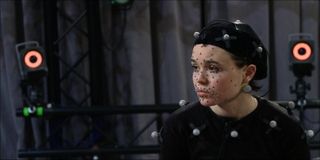
Point six ties a lot into the nature of the AAA business, with Rausch pointing out that...
“Ten years ago, a vast majority of motions were in-game or navigational moves. These days, especially in the game world, they’ve taken a huge turn towards storytelling, which means over half of the work we do is cinematic capture – full body, face and fingers – helping tell a story at a mo-cap level.”
The next item on the list covers the fact that hand-animation isn't going anywhere, and that studios still hire animators who know how to utilize mo-cap performances with hand-animation. We see this a lot thanks to tools like Unity 3D and Unreal Engine providing animation blending trees, so you can easily and conveniently bridge together motion-captured animations with hand-animated sequences.
The above ties-in directly with the eighth point, which is about software tools being cheaper and more user-friendly, making it easier for teams and studios to get more post-performance work done in a much shorter time frame.
The ninth point is a very interesting one, and ties into a few of the earlier bullet-points, with Marla saying...
“It is more and more an actor-driven medium today than it was before. We understand that nuances make a difference and that the actor is important to push the reality into the environment. These days you hire actors to portray major roles, for example William Dafoe and Ellen Page in Beyond Two Souls.”
For some games I think it can help or hurt the title depending on the way the game is directed. The motion capture performances definitely raised the level of engagement for something like The Last of Us.
The final point that the Animation Vertigo CEO rolls out is that in today's technological climate we see a lot more market value in various parts of the motion-capture industry, with marker technology such as Snappers Systems' markerless face tech, camera capture technology such as Kinect, and even the technicians that operate that technology all becoming bigger commodities in the burgeoning industry.
You can learn more about Animation Vertigo by paying a visit to the official website.
Staff Writer at CinemaBlend.
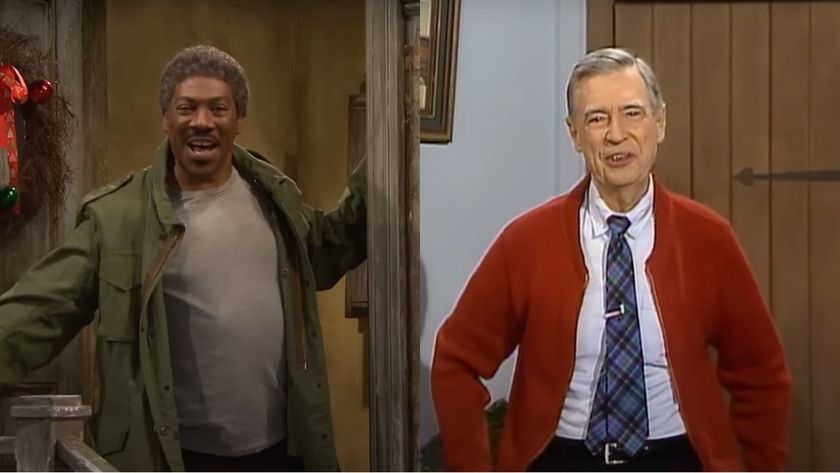
How Did Mr Rogers Really Feel About Eddie Murphy's Famous SNL Sketch ' Mr Robinson's Neighborhood’?

'The White Lotus' Season 3 SPOILER Interviews With Jason Isaacs, Natasha Rothwell & More
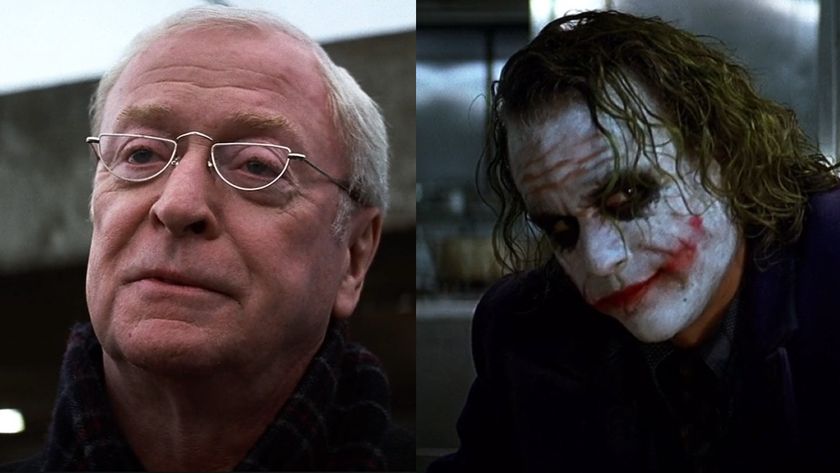
Michael Caine Says The Dark Knight Co-Star Heath Ledger Was ‘Lovely’, But It Sounds Like Seeing Him As The Joker Was A Whole Other Thing

